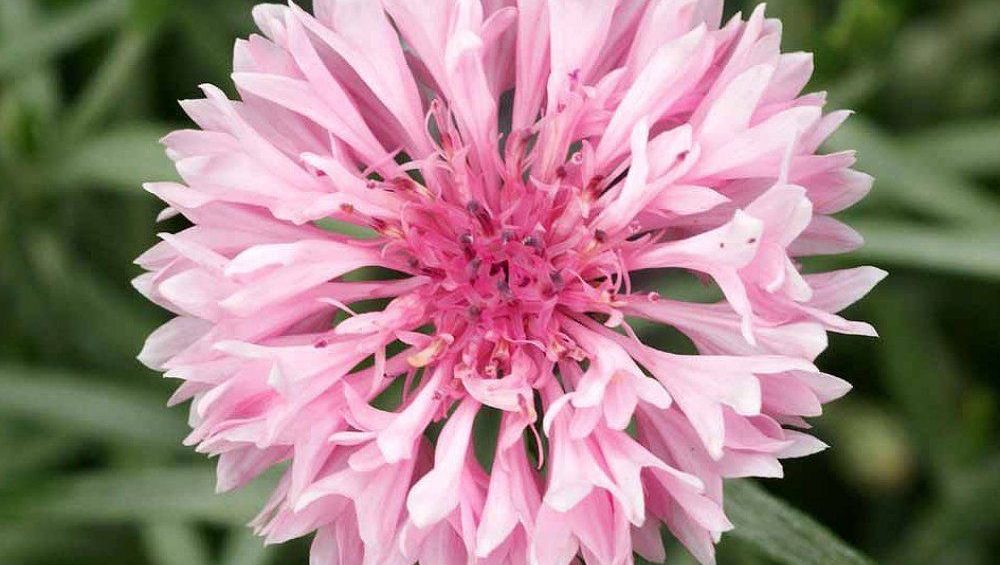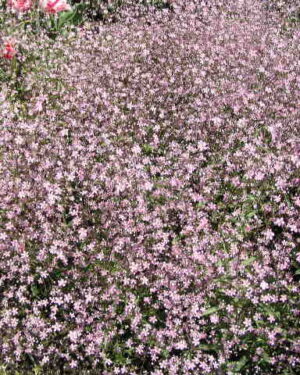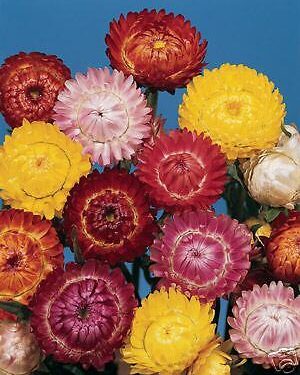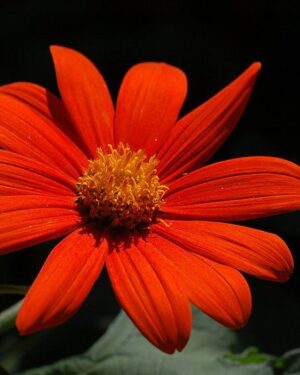Description
Cornflower Centaurea Cyanus Pink
Cornflower Centaurea Cyanus Pink. A hardy and eye-catching attractive easily grown cottage garden annual producing an abundance of double bright pink flowers on tall plants. Prefers full sun, well drained soils and is drought resistant. Height 80-100cm.
Cultivation Advice
- Cornflowers prefer well-draining soil with good fertility. They thrive in full sun but can tolerate partial shade.
- Ensure the soil pH is around neutral (6.0 to 7.0) for optimal growth.
- Sow seeds directly into the garden after the last frost date in your area. Ensure the soil is warm enough for germination.
- Plant the seeds about 1/4 to 1/2 inch deep and space them around 6 to 12 inches apart.
- Keep the soil consistently moist but not waterlogged, especially during the germination phase.
- Once established, cornflowers are somewhat drought-tolerant, but they still benefit from regular watering during dry spells.
- If your soil lacks nutrients, consider adding a balanced fertilizer during the planting stage.
- Too much nitrogen can result in lush foliage but fewer flowers, so avoid excessive nitrogen-rich fertilizers.
- Mulch around the plants to retain moisture and suppress weed growth. Keep the area around the plants weed-free to reduce competition for nutrients.
- Remove spent flowers regularly to encourage continuous blooming throughout the growing season. This process, known as deadheading, promotes new flower production.
- While cornflowers generally don’t need staking, taller varieties might benefit from support to prevent them from bending or breaking in strong winds.
- Cornflowers are relatively resistant to pests and diseases. However, keep an eye out for aphids, spider mites, and powdery mildew. Treat any issues promptly.
- If you want to collect seeds for future planting, allow some flowers to mature and dry on the plant. Harvest the seeds once the flower heads turn brown and store them in a cool, dry place
- In areas with harsh winters, cornflowers might not survive. Consider mulching around the plants to protect them, or grow them as annuals and replant seeds the following year.
- Regularly deadhead spent blooms not only encourages continuous flowering but also prevents the plant from setting seeds too early, prolonging the blooming period.
- Cornflowers are excellent companion plants. They attract pollinators like bees and butterflies while also repelling pests such as aphids. Consider planting them alongside vegetables like tomatoes to improve pollination and deter pests.
- In colder climates, you can try overwintering cornflowers by mulching heavily around the base of the plant to protect the roots from freezing temperatures. It might increase the chances of survival during winter.
- Cornflowers can be propagated by both seeds and division. If you have established plants, you can divide them in early spring to create new plants. Alternatively, collect seeds from mature flowers for planting the following season.
- Regularly inspect your plants for signs of diseases or pest infestations. Early detection allows for easier management and prevents issues from spreading.
- Cornflowers can decline in vigor after a few years. Consider rejuvenating the plant by dividing or replanting younger shoots to ensure continuous healthy growth.
- Before planting, consider amending the soil with organic matter like compost to improve its texture and fertility. This helps retain moisture and provides essential nutrients.
- If you’re growing cornflowers in containers, ensure the pots have proper drainage. Use a high-quality potting mix and water regularly, as containers tend to dry out faster than garden soil.
- Adjust your care routine based on the seasons. During hot summers, ensure adequate watering, while in cooler months, reduce watering frequency to prevent waterlogging.
- Lastly, enjoy the process! Gardening is a rewarding hobby, and watching your pink cornflowers bloom and flourish is a delight. Take time to appreciate their beauty and the effort you’ve put into their care.









Reviews
There are no reviews yet.